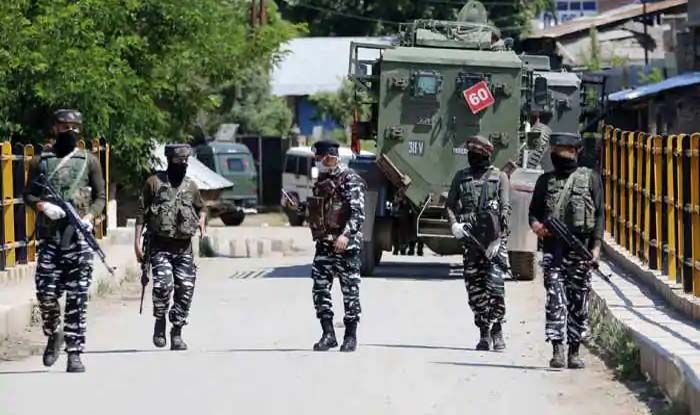Days after recovering over a dozen “sticky bombs” from Jammu and Kashmir’s Samba district, the security agencies have sounded an alert in the valley regarding the new tactical shift in the strategy of militants. This comes at a time when the Union Territory is reeling under the serious threats of insurgency.
What is a Sticky Bomb?
According to Kashmir police, Sticky Bombs are small and powerful IEDs. “Sticky bombs” can be attached to vehicles and detonated remotely. Earlier, the forces had seized Sticky Bombs during raids in the valley.
The arrival of the sticky bombs in India-controlled Kashmir – including 15 seized in a February raid – raises concerns that an unnerving tactic attributed to the Taliban insurgents in nearby Afghanistan could be spreading to the India-Pakistan conflict.
Sticky Bomb Blasts Kill 2 In Kabul
Separate explosions, set off by sticky bombs attached to cars, killed at least two people and wounded five on Tuesday in the Afghan capital, a Kabul police official said. No one immediately claimed responsibility for the attacks. The first bomb was attached to a military vehicle in central Kabul and wounded two military personnel, said Ferdus Faramarz, spokesman for the Kabul police chief. An hour later, the second bomb, in the northern part of the city, killed two people and wounded two others. A third sticky bomb wounded one person in western Kabul. Faramarz said police are investigating.
Afghanistan in recent months has seen a series of sticky-bomb attacks targeting security forces, judges, government officials, civil society activists and journalists. The attacks – some as victims sat in traffic – have sown fear, while avoiding substantial civilian casualties.
None of the devices seized in Kashmir was produced there, a senior security official said, suggesting they were being smuggled from Pakistan. “All of them have come via drone drops and tunnels,” he said, asking not to be named.
Insurgency Issue In Kashmir:
In February 2019, a suicide bomber drove a car laden with explosives into a convoy in Kashmir’s Pulwama, killing 40 soldiers – the deadliest attack on Indian forces in the region – bringing India and Pakistan to the brink of another war.
Police chief Kumar said that security forces were changing protocols to deal with the new threat. The measures included increasing the distance between private and military traffic, installing more cameras on vehicles and using drones to monitor convoys.
A difference between militants in Kashmir and Afghanistan is that the Taliban have tremendous ability to move around in urban and rural areas, which, along with the easier availability of explosives, make the bombs a potent threat.
(Inputs From Reuters)
